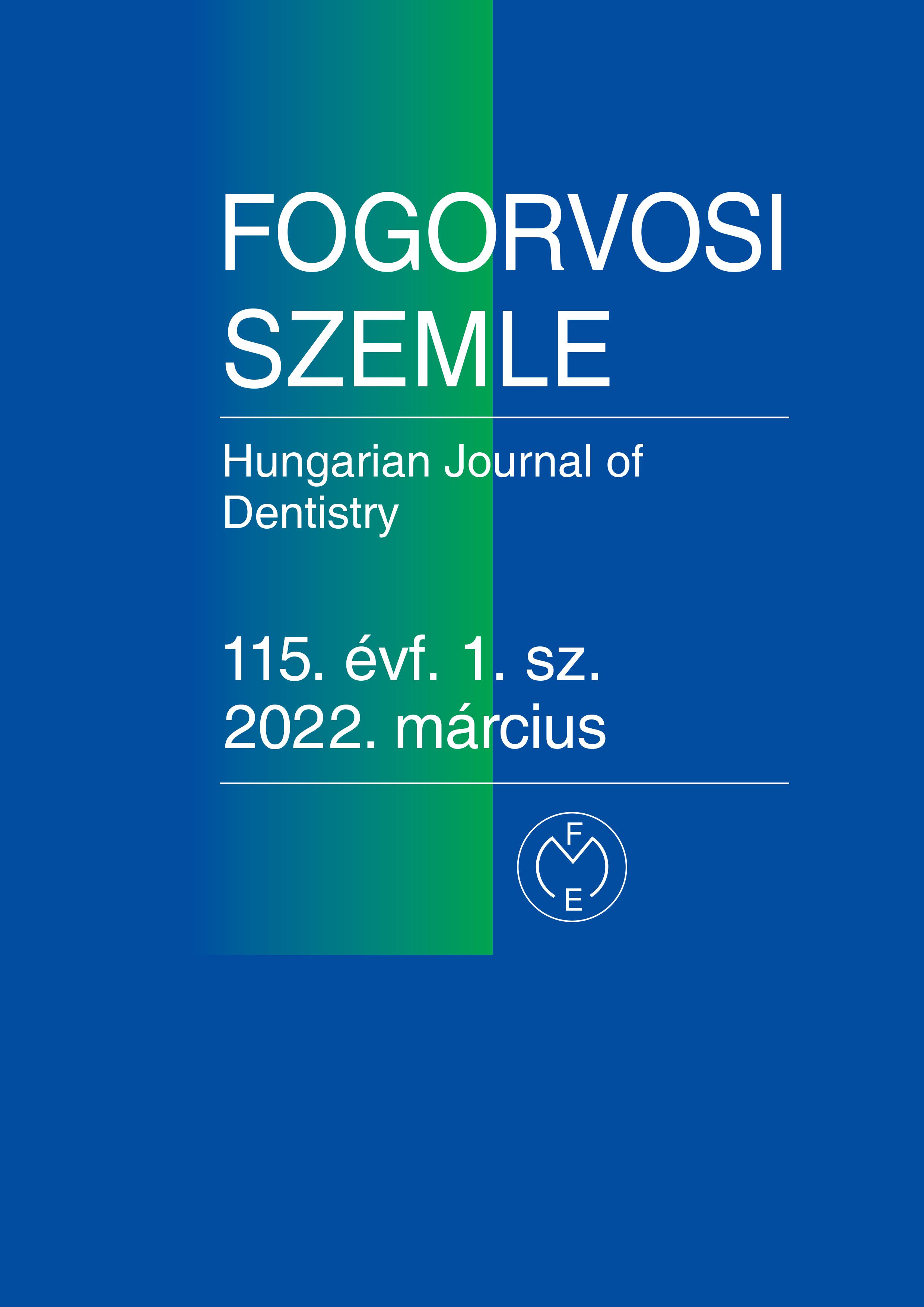Construction of upper and lower complete denture using CAD/CAM technology
Abstract
Successful treatment of complete edentulousness remains a great challenge for dentists and dental technicians. The digital revolution that stormed through dentistry, especially in fixed and implant prosthodontics, has not really penetrated the field of removable prosthodontics, especially not the treatment of complete edentulousness. Concerning these types of dentures, it is obvious that the developments in digital imaging are not able to substitute specific functional advantages of taking conventional impression, which is able to capture the moving mucosa. Different full-face scan- and CT images may be appropriate to record the position of patient’s jaws; however, the availability, the simplicity of use, and the slowness of the software prevents such devices from being more commonly used. For now, we are able to digitally record all the information gained by the previously used methods; thus, these working methods supplement one another. The opportunities provided by the digital technology can be successfully used if we are ready to accept their limitations and are able to utilise them appropriately, so that it aids the patient. The technology is ready and profitable enough to provide a new option in treating patients with edentulousness, e.i. using 3D printing and milling, we are able to create such aesthetic and reproducible permanent dental fittings than never before.
References
Kaán M: Functional construction of the buccal surfaces of the molars in complete lower dentures. Fogorv Szle 1969; 62 (5): 147–154.
Douglass CW, Shih A, Ostry L: Will there be a need for complete dentures in the United States in 2020? J Prosthet Dent 2002; 87 (1): 5-8. https://doi.org/10.1067/mpr.2002.121203
Janeva NM, et al: Advantages of CAD/CAM versus Conventional Complete Dentures – A Review. Open Access Maced J Med Sci 2018; 6 (8): 1498–1502. https://doi.org/10.3889/oamjms.2018.308
Srinivasan M, et al: CAD-CAM milled dentures: The Geneva protocols for digital dentures. J Prosthet Dent 2020; 123 (1): 27-37. https://doi.org/10.1016/j.prosdent.2018.12.008
Károlyházy K, et al: Dental Status and Oral Health of Patients with Epilepsy: An Epidemiologic Study. Epilepsia 2003; 44 (8): 1103–1108. https://doi.org/10.1046/j.1528-1157.2003.04003.x
Unkovskiy A, et al: Intraoral scanning to fabricate complete dentures with functional borders: a proof-of-concept case report. BMC Oral Health 2019; 19 (1): 46. https://doi.org/10.1186/s12903-019-0733-5
Lo Russo L, et al: Three-dimensional differences between intraoral scans and conventional impressions of edentulous jaws: A clinical study. The Journal of Prosthetic Dentistry 2020; 123 (2): 264–268. https://doi.org/10.1016/j.prosdent.2019.04.004
Smith PB, J Perry, W Elza: Economic and Clinical Impact of Digitally Produced Dentures. J Prosthodont 2020. https://doi.org/10.1111/jopr.13283
Bae EJ, et al: A comparative study of additive and subtractive manufacturing for dental restorations. J Prosthet Dent 2017; 118 (2): 187–193. https://doi.org/10.1016/j.prosdent.2016.11.004
Steinmassl O, et al: CAD/CAM produces dentures with improved fit. Clinical Oral Investigations 2018; 22 (8): 2829–2835. https://doi.org/10.1007/s00784-018-2369-2
Copyright (c) 2022 Authors

This work is licensed under a Creative Commons Attribution 4.0 International License.


.png)




1.png)



